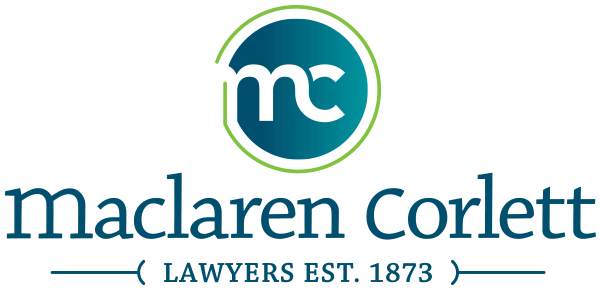So You’ve Been Appointed an Estate Trustee (aka Executor), Now What? – Part 1
Someone close to you has just passed away and you’ve learned, maybe for the first time (unless you were told by the deceased before their death), that you are named Estate Trustee (aka Executor), either alone or with one or more other people. You’ve never acted in this capacity before and the task seems daunting, especially so soon after the death of someone you care about. What do you need to know and what steps do you need to take? This series of blog posts will walk you through the basics of administering an estate as an Estate Trustee; but keep in mind, the normal caveat applies: this information only applies to estates administered in Ontario and should be used as a guide only! Speak with a lawyer about your specific situation, as every case is different.
First and foremost, the information here assumes the deceased died with a Will. If they did not have a Will at the time of death (i.e. they died intestate), administration of the estate is done in accordance with Ontario legislation and you should seek legal advice accordingly.
The originally signed Will of the deceased and any codicils should be sought out as soon as possible as this will dictate how you proceed with administering the Estate itself. Try contacting the deceased’s lawyer (if you know who they are), or searching for aptly named files in a home safe or home or office filing cabinet. Some people choose to express their wishes regarding burial, cremation, funeral and memorial services in their Will. If the family members are not sure of the deceased’s wishes regarding burial, it’s best to try to find the Will as soon as possible following death. There is no immediate rush to begin the process of probate (if required) and administration of the estate, so apart from any planning required for the funeral and any other final arrangements, your work as Estate Trustee can wait a bit; but be sure to keep receipts of all costs associated with the funeral and related events, as these can be reimbursed to you by the estate if you have not already instructed the bank that they be paid directly from the deceased’s bank account.
After the flurry of funeral and/or related events has died down, it’s time to turn your mind to your role as Estate Trustee. But what if you don’t want to be the Estate Trustee? You can renounce your appointment at any time for whatever reason. It’s much easier to do so before you’ve begun administering the estate, and in that case you’ll need to complete Form 74.11 (“Renunciation of Right to a Certificate of Appointment of Estate Trustee (or Succeeding Estate Trustee) With a Will”). If you have begun administering the estate and received probate, a court application, as per section 37(1) of the Trustee Act, is required and the court will have to order your removal as Estate Trustee.
On the other hand, if you’ve decided to act as Estate Trustee, the first step is to begin the process of completing the Application for Certificate of Appointment of Estate Trustee with a Will. While you can do this yourself, estate lawyers can provide valuable expertise and advice in this and other aspects of your responsibilities as Estate Trustee. You’ll need to collect information about the deceased such as: full name (and any other names they were known by); last address; last occupation; date of birth and date of death; marital status at the time of death; and whether the deceased got married after the date of their last Will. You will also need to determine the beneficiaries of the estate: are people specifically named in the Will, or does the Will simply refer to “children” of the deceased? You will need the names of the beneficiaries and their addresses. Finally, you will also need to begin the process of valuing the assets of the estate (more on assets in Part 2)
All of this information will be required to begin completing Form 74.4 (“Application for Certificate of Appointment of Estate Trustee with a Will”) and ”Form” 74.7 (“Notice of an Application for a Certificate of Appointment of Estate Trustee with a Will”). Note that if there are multiple people appointed by the Will who wish to act as Estate Trustee, only one set of these forms needs to be completed for all Estate Trustees.
Next time – valuing assets and getting probate.



